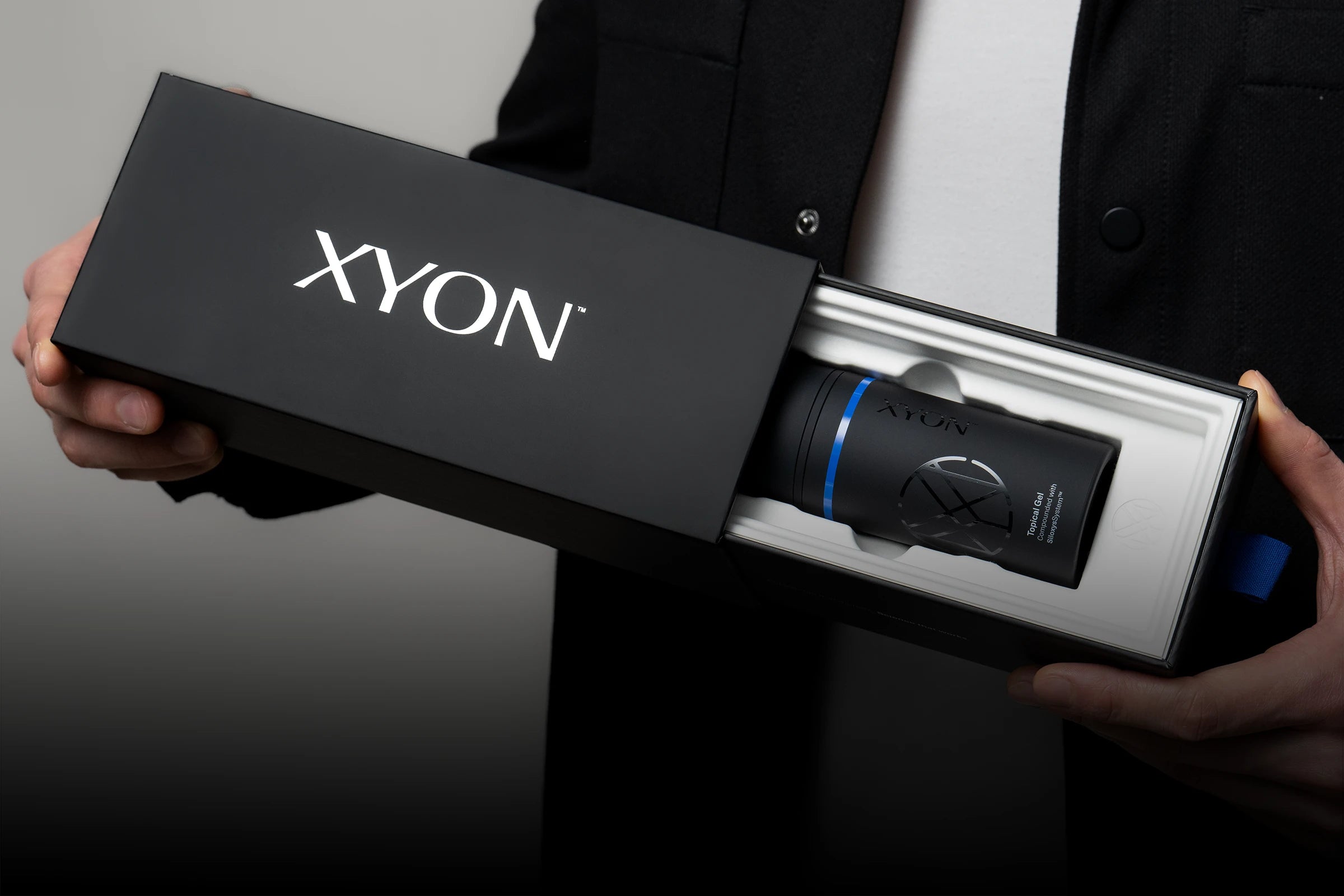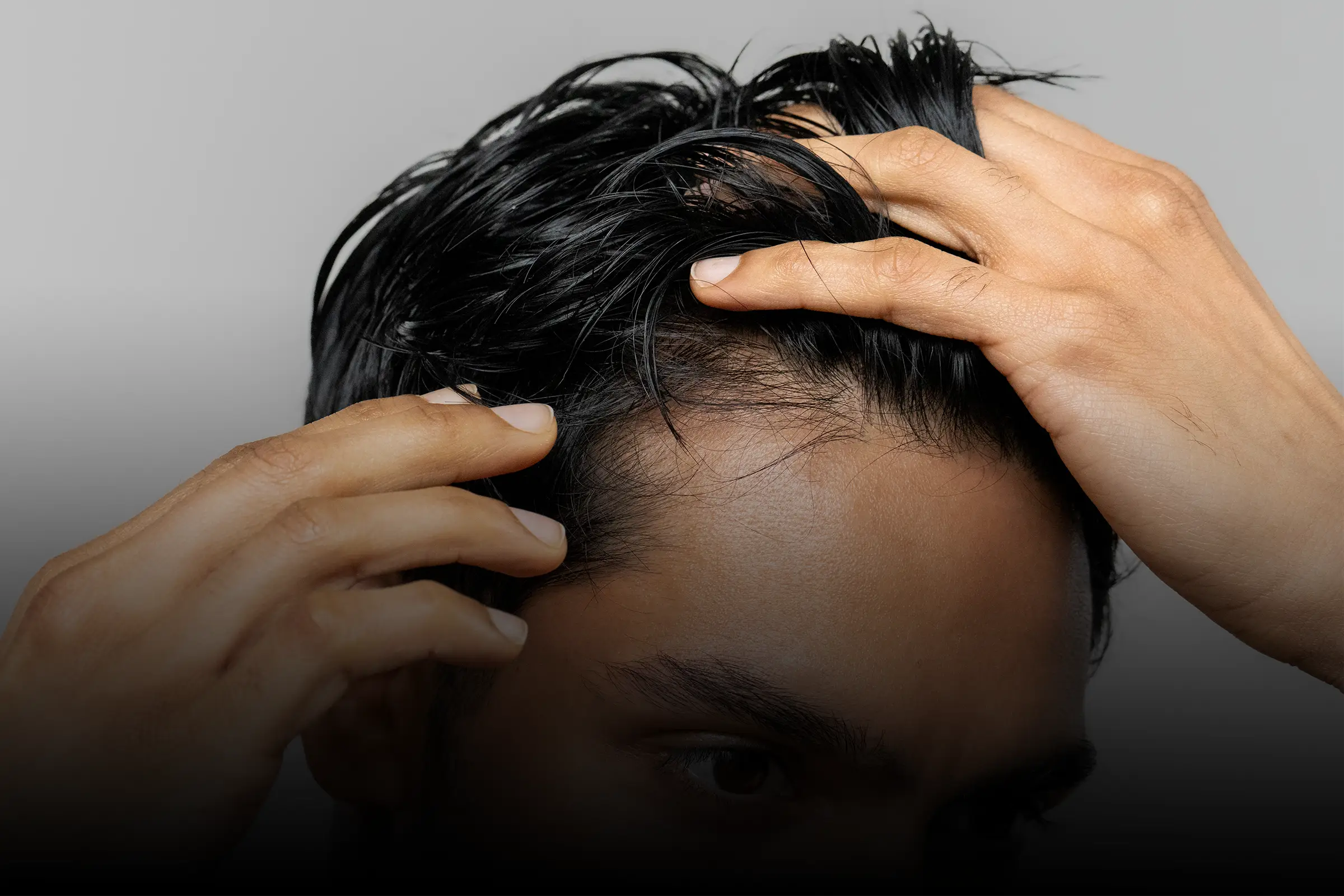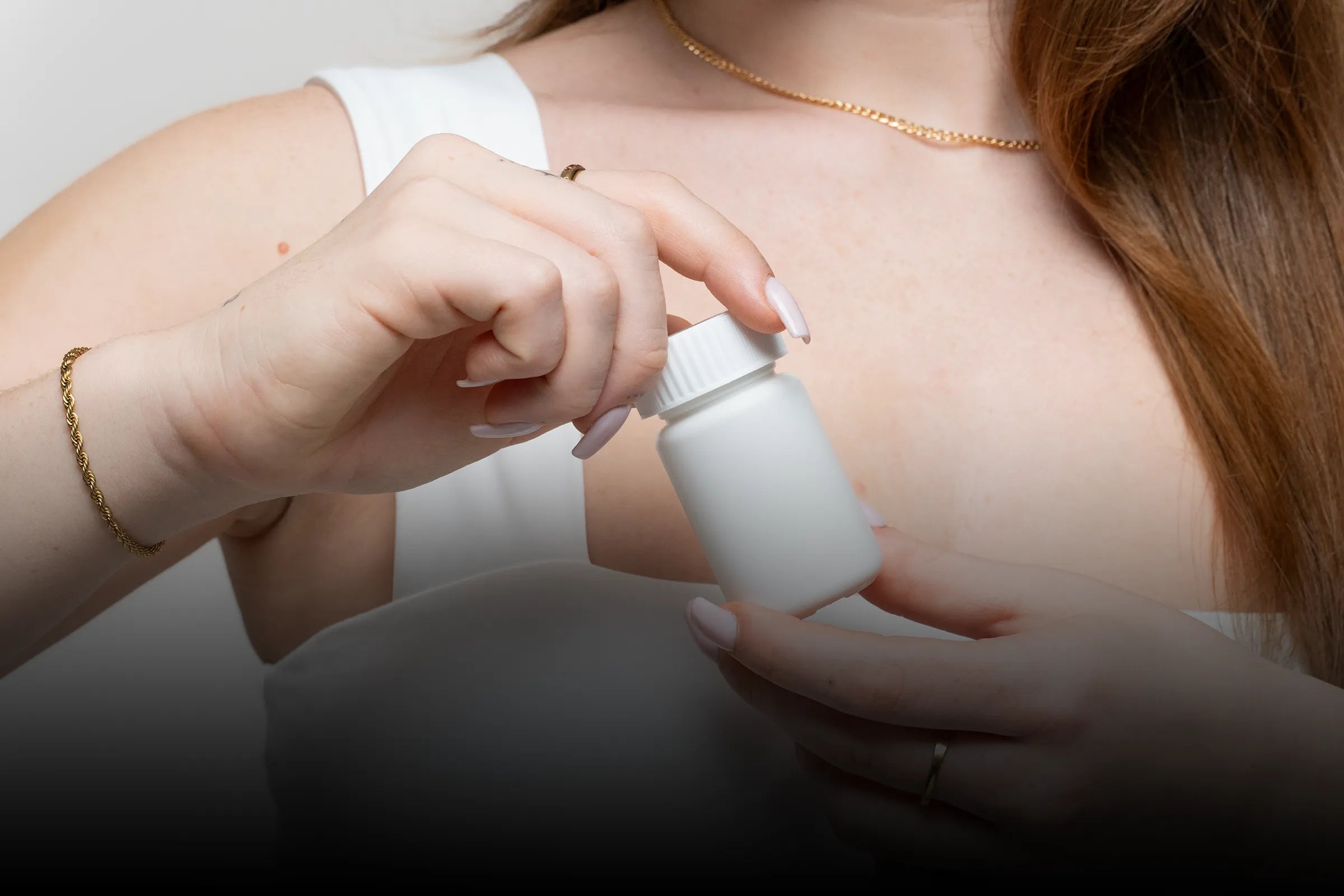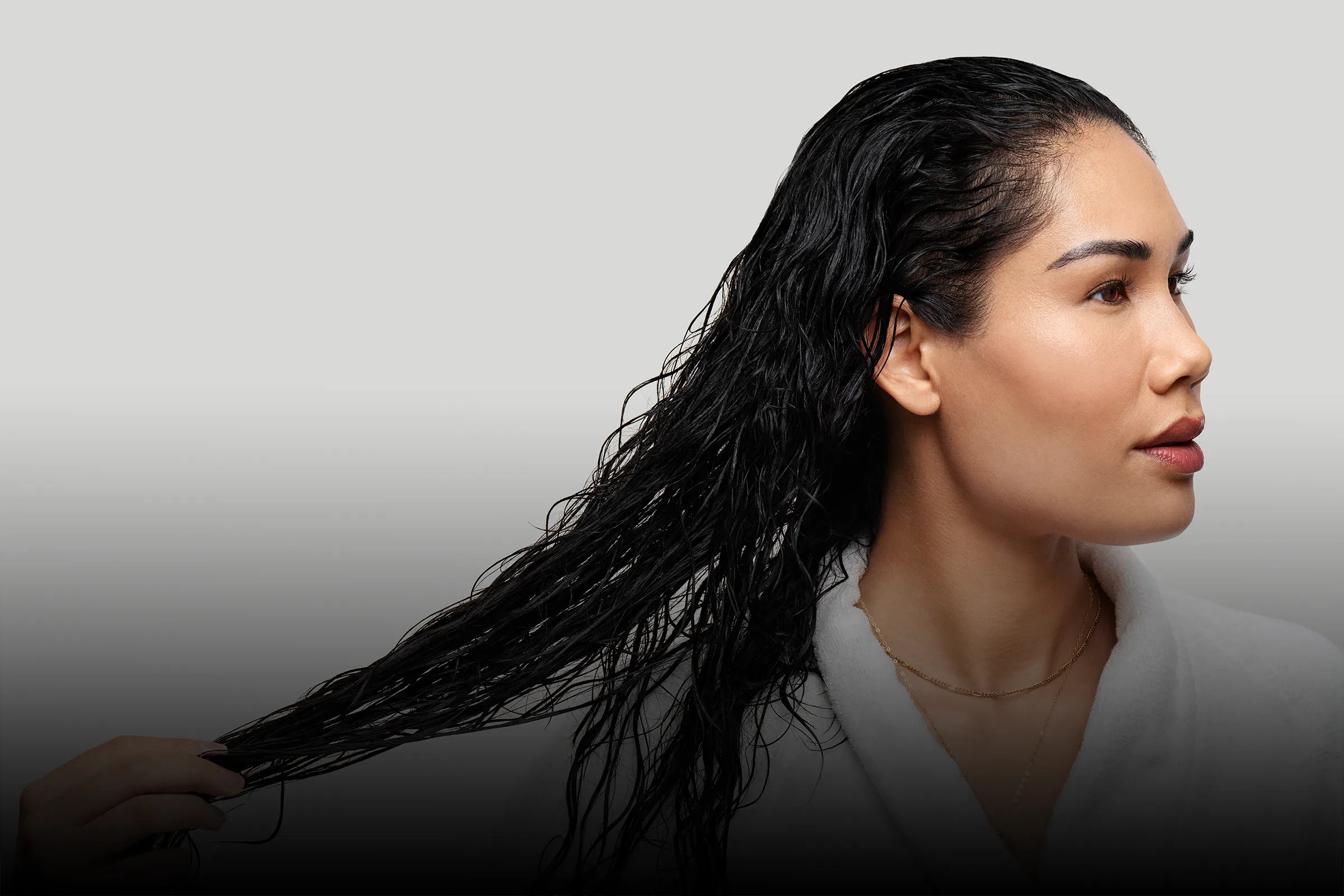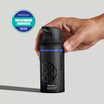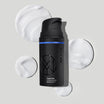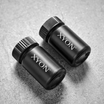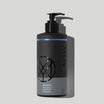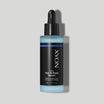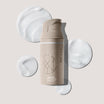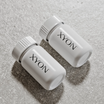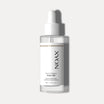Finasteride is a clinically proven treatment for men’s hair loss and is available in a few forms. In this article we’ll cover the dosing and delivery methods for topical finasteride vs oral finasteride and discuss differences in side effects. A doctor can help determine which of these two versions of finasteride is ideal for treating your hair loss.
Topical finasteride vs. oral finasteride dosage
Oral finasteride 1 mg once a day is the most common dose prescribed to treat male pattern hair loss. It is also available as a 5 mg tablet, but is FDA approved only for the treatment of a separate condition called benign prostatic hyperplasia (BPH), or enlarged prostate.
Meanwhile, topical formulations of finasteride are considered compounded medications, which means that they are not FDA-approved. Compounded medications are prescribed by doctors and prepared by pharmacists at concentrations specific to patients. Therefore, the amount of finasteride in topical formulas can vary greatly. The treatment is applied directly to the scalp and how often you apply the treatment is also determined by your doctor.
XYON's topical finasteride is designed to maximize effectiveness while lowering the risk of side effects.
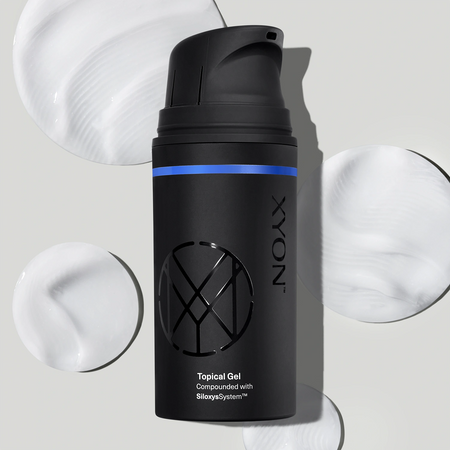

Worried about side effects from finasteride? Meet topical finasteride.
Topical finasteride vs. oral finasteride delivery methods
The two different ways to administer finasteride are orally or topically. Oral tablets are popular because they are easy to take, shelf-stable and dosing is controlled. However, this method does have some disadvantages, including potentially exposing the entire body to the medication.
To understand why this matters, we need to look at how drugs are processed by the body (pharmacokinetics). A key concept in pharmacokinetics is bioavailability, which describes how quickly and how much of a drug reaches its target site, unchanged (Price & Patel, 2020). It’s impacted by the delivery method.
How are drugs processed by the body?
When a medication is taken orally, its bioavailability decreases because drug molecules pass through the digestive system. This process involves absorption through the intestine and processing by the liver (Le, 2020).
Absorption is affected by how acidic the stomach is, how much mucus is around and how much time the drug spends in this part of the body (Homayun et al., 2019). In the liver, drug molecules undergo additional chemical transformations.
Topical finasteride comes in various forms, including gels, sprays and solutions. Each of these formulations contains different ingredients such as alcohol that are added to help increase penetration of finasteride into the scalp. But they are not all formulated the same. Most topicals deliver finasteride in an uncontrolled way, flooding the skin with more medication than can actually be absorbed by hair follicle cells.
Topical Finasteride, with SiloxysSystem™ Gel was designed differently. This unique carrier targets delivery of finasteride to the scalp layer where hair follicles are located and keeps the majority of the drug molecules here. It also gradually deposits medication over time.
Topical finasteride vs. oral finasteride side effects
Side effects of finasteride are impacted by the delivery method. With oral finasteride, increased systemic absorption of the medication means that there is a higher risk that other tissues (particularly those sensitive to testosterone and DHT levels) may be negatively affected.
The most common type of side effects associated with the use of oral finasteride are sexual side effects. These include:
- Erectile dysfunction
- Decreased libido (sex drive)
- Breast pain and/or tenderness
- Breast discharge
Some men have also reported mood or psychiatric changes, including depression. A review of studies involving finasteride to treat hair loss found the incidence of sexual side effects to be approximately 2.1-3.8% compared to placebo (Mysore & Shashikumar, 2016). The incidence of psychiatric changes is not as well described, but could be related to decreased levels of certain mood-stabilizing hormones that depend on the 5AR enzyme (Romer & Gass, 2010).
By contrast, topical versions of finasteride have been linked to fewer side effects because they generally result in less medication ending up in the bloodstream. This is because topical application allows finasteride to reach hair follicles without first passing through the digestive system and liver. Current study data show that topical finasteride does not appear to cause serious adverse effects, but local skin irritation has been reported in some cases (Lee et al., 2018).
The fact that topical formulations are well tolerated was reiterated in clinical studies on Topical Finasteride, with SiloxysSystem™ Gel. After a year of treatment, none of the study participants reported side effects. This is due in part to the gel carrier's ability to control the rate at which finasteride is delivered and minimize systemic absorption.
Topical finasteride vs. oral finasteride: Takeaway
If you are experiencing male pattern hair loss, both oral and topical formulations of finasteride can improve the appearance and health of your hair. The biggest difference between the two is a potential reduction in side effects with the latter. Consider talking to a doctor about which form of finasteride might work best for you.
Still curious? Here's a review on Topical Finasteride with SiloxysSystem™ Gel to see how this formulation stacks up to other treatments.
